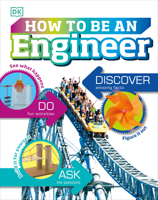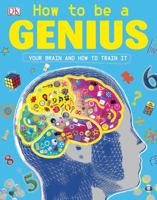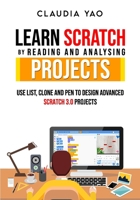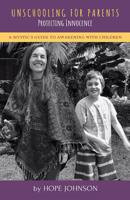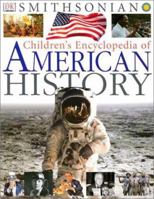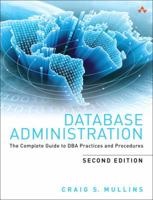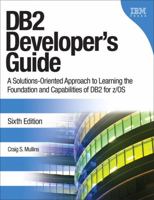A Guide to DB2 Performance for Application Developers: Code for Performance from the Beginning Volume 1
Select Format
Select Condition 
You Might Also Enjoy
Book Overview
The purpose of this book is to give advice and direction to Db2 application developers and programmers on writing efficient, well-performing programs. If you write code and access data in a Db2 database, then this book is for you. The methods outlined in this book will help you improve the performance of your Db2 applications. The material is written for all Db2 professionals, whether you are coding on z/OS (the mainframe) or on Linux, Unix or Windows. When there are pertinent differences between the platforms it is explained in the text. The focus of the book is on programming, coding and developing applications. As such, it will not focus on database administration, design, and data modeling, nor will it cover most Db2 utilities, DDL, and other non-programming related details. If you are a DBA, the book will still be of interest to you because DBAs are responsible for overall Db2 performance. Therefore, it makes sense to understand the programming aspect of performance. It is important also to understand that the book is not about performance monitoring and tuning. These activities are important, but are typically not the domain of application devel-opers. Instead, the book offers guidance on application development procedures, techniques, and philosophies. The goal of the book is to educate developers on how to write good application code that lends itself to optimal performance. By following the principles in this book you should be able to write code that does not require significant remedial, after-the-fact modifications by performance analysts. If you follow the guidelines in this book your DBAs and performance analysts will love you The assumption is made that the reader has some level of basic SQL knowledge and therefore it will not cover how to write Db2 SQL code or code a Db2 program. It is also important to point out that the book will not rehash material that is freely available in Db2 manuals that can be downloaded or read online. It is assumed that the reader has access to the Db2 manuals for their environment (Linux, Unix, Windows, z/OS). What you will get from reading this book is a well-grounded basis for designing and developing efficient Db2 applications that perform well.
Format:Paperback
Language:English
ISBN:1543944442
ISBN13:9781543944440
Release Date:October 2018
Publisher:Bookbaby
Length:356 Pages
Weight:1.70 lbs.
Dimensions:0.8" x 6.0" x 8.9"
More by Craig S. Mullins
Customer Reviews
3 customer ratings | 3 reviews
There are currently no reviews. Be the first to review this work.






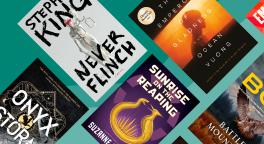



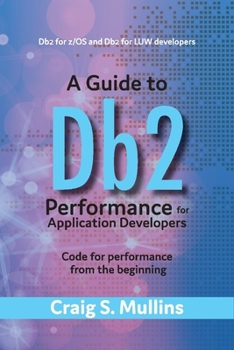



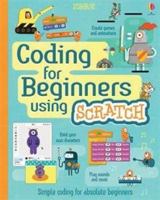

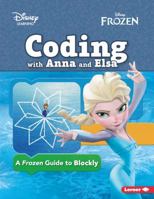

![Help Your Kids. with Maths [paperback]](https://i.thriftbooks.com/api/imagehandler/s/C3B138A9B0D0CC6F011FF4DB75E4A9C081E5FDFB.jpeg)
